Isdaman: The Little Filipino Hero (Book Review)
I received a very interesting email last week from a Filipino based abroad named Paul Bacera. The name didn’t strike a familiar note at first until I read the short description on the creators and saw that he’s the young man behind the popular YouTube channel, The Asian Theory.
Paul is launching a children’s book called, Isdaman: The Little Filipino Hero wherein the hero of the story is Filipino, just like himself. He briefly talked about representation and how important this is to him, having grown up not seeing too many superheroes of his own skin colour.
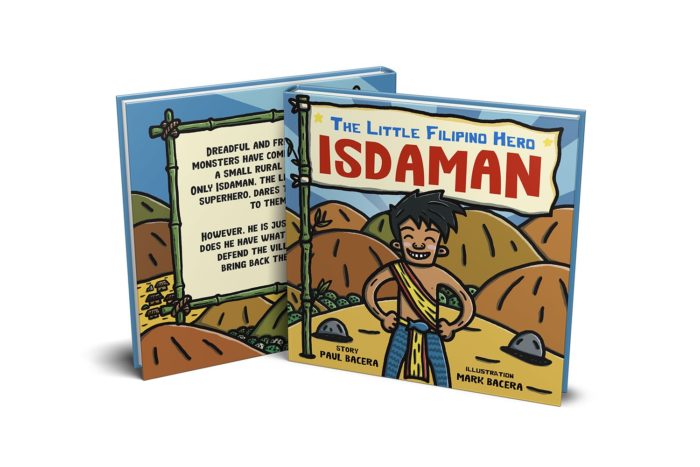
Coincidentally, I’ve been talking to my husband, Jay, about how Asians are now better represented on films and TV series, having seen more Asians being given lead roles opposite caucasians on Netflix movies. And of course, there’s BTS taking on the globe by storm, but that’s a totally different story. My point is, yes, my antennas are up on “Filipino” representation.
Filipinos do have superheroes, with Captain Barbel and Darna being the most popular, then there’s, of course, the Panday, Zsa Zsa Zaturnnah, Krystala, Batang X, and so forth. But these superheroes are only celebrated locally.
I heard about Wave (and Sea Hunter), Marvel Comics’ first Filipina Superhero, but after the press releases, I’ve not heard about her anymore, so I’m not sure what became of her. I’ll have to look it up. Her appearance on the promotional video was brief, but fierce, so I have high hopes for her.
Anyway, I was excited to read Paul’s book and see who the new Superhero is and what he’s like.
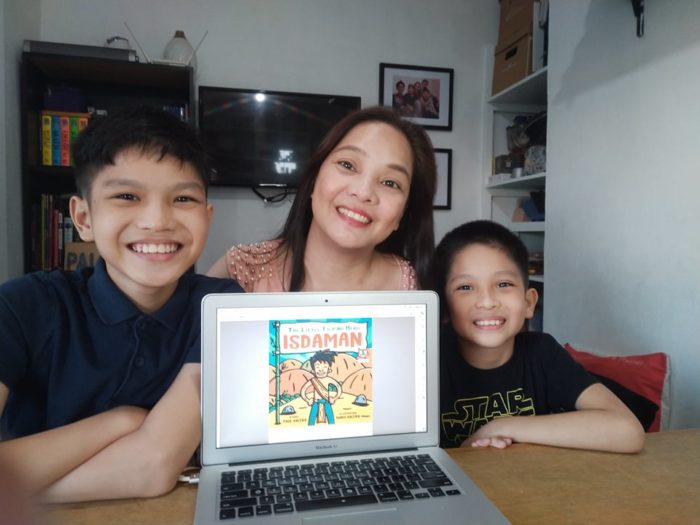
ISDAMAN
It’s not clear whether Isdaman is from Bohol, but the story opens with a rural village against a backdrop of the chocolate hills and palm trees. Snake lady attacks the village and of course, ISDAMAN shows up and saves the day.
Determined to find the mastermind and stop the attacks on the village, he, then, proceeded to fight two other villains, the Invisible Man and the main antagonist, Dupree, a Kapre (a mythical Filipino tree giant).
Isdaman’s power ranges from turning into a Bangus (milkfish) to slip from the strong grip of the Snake Lady, to creating whirlpools and using it to lash mud on the Invisible Man, and his ability to communicate with sea creatures and use them to defeat Dupree.
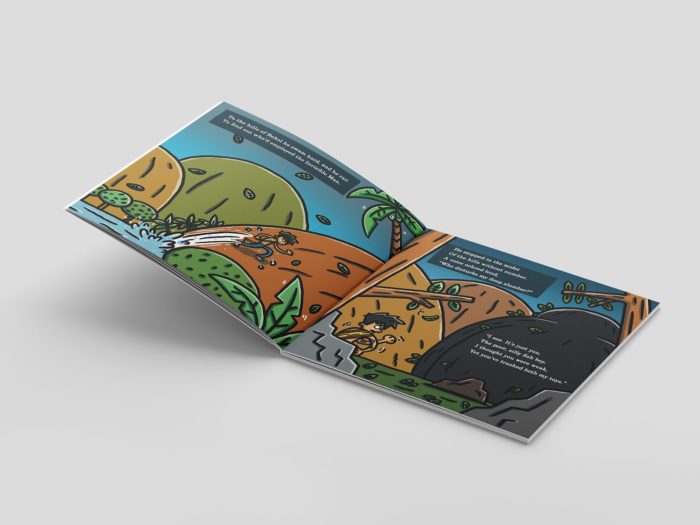
What I think about ISDAMAN
Let me start with the things I love about Isdaman. First, I like the art work. It’s very colourful and creative, but at the same time, relatable. It’s something that would make the young readers feel they can draw, too.
In fact, the pictures look like it came straight out of their imagination!
I love that the story is told in short bursts of rhymes that give the readers room to glaze over the pictures and creatively exploit the scenes in their young minds. The plot is very clear, a very young child can easily understand it.
Some of the things in the story are quite silly, like the power of turning into a milkfish, and Dupree saying “ay, bastos!” but I think that the humour is delectable to young readers. I can imagine the preschoolers giggling in delight in a read-aloud setting.
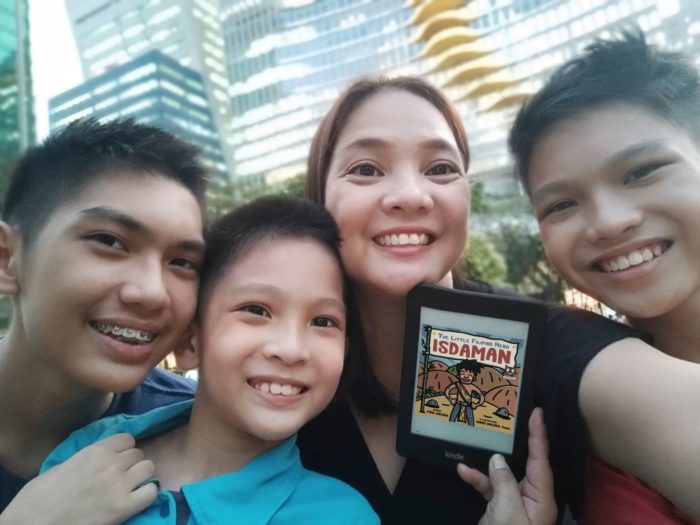
My kids cross-referenced the story’s villains to some of the villains they’ve encountered in other fantasy and mythology-based books, like the Percy Jackson series, which is brilliant because it made them sit up and listen for what’s to unfold. But the Kapre was definitely a commendable effort to introduce our rich literature to a bigger audience.
The book introduced Filipino words, such as “ngayon,” “pasensiya,” and “Bangus,” and included the definitions at the end of the book. I like this because I think it would encourage curiosity on our language, and perhaps, our culture.
On a side note, the Filipino language has evolved through the years. It now includes foreign words as part of the official language. Let’s say, “sorry” would have been more accurate than “pasensya” especially that the usage is more colloquial, than formal. But for the purpose of introducing Filipino words, this is gold.
View this post on Instagram
I read a portion of the book to my kids. Watch the video here:
It’s not made clear in the book where Isdaman originated. It’s just easy to assume he was raised in the village he saved, or in the nearby areas. He could be King this part of the waters, just as Aquaman was in his.
I’ve been waiting for a Filipino hero who does not hail from poverty. The words of Finance Expert, Aya Laraya, on the struggle of the Filipinos against the poverty mindset– when we see financial abundance as wrong and evil, that we associate heroism to being poor, instead of seeing finances as a useful tool to be able to do more for our society — just made that much of an impact on me.
Isdaman: The Little Filipino Hero is a fun, exciting, entertaining, potentially engaging book with young readers in mind, with lots of interesting points that you can discuss with your kids and the rest of the family. It’s the kind of book your kids will pull off the shelves and ask you to read to them over and over again.
Isdaman: The Little Filipino Hero is written by YouTube Content Creator, Paul Bacera, and illustrated by bestselling children’s book author, Mark Bacera. You can purchase it in Kindle or Paperback versions at Amazon.com.
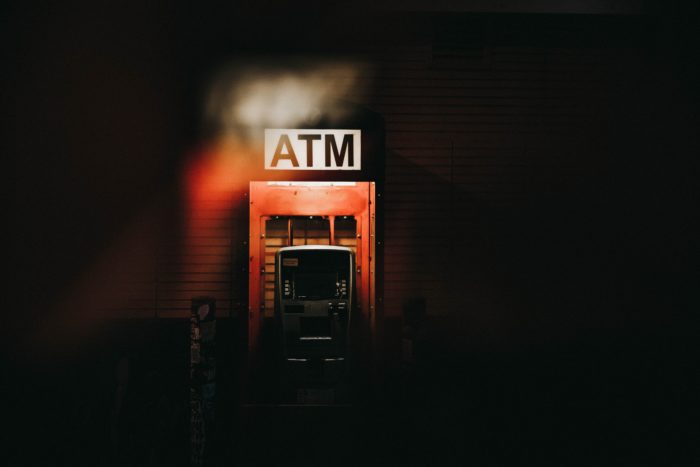

16 Comments
Karla
Super witty ng ISDAMAN! More kids need to read these kind of entertaining and educational books. It’s so nice that we have children’s books written by Filipinos. It’s one of my dreams to publish my own children’s books!
DESTINY
Siguradong magugustuhan yan ng mga kids. Napakaganda ng kwento. Dapat marami pang books gaya nito ang mapublish sa bansa natin lalo na books patungkol sa magandang asal at iba pang values natin. Nakakaproud din ang mga authors na gumagawa ng ganitong klaseng books.
Christianforemost.com
Thank you for telling us about this book. I love the name. It’s so witty and his powers are quite silly ah. More local stories like this should be read by the Filipino children hehe we need more heroes
WanderWoMom
i love Isdaman’s story!! i hope i get to read this with coco too. im so sure he’s going to love it! i want a paperback!!!! sana me prequel and sequel! bitin based on your kwento! haha!
Karla Nina Mallannao
Oo nga! Agree ako dun sa ang ganda ng artworks nila! Madaling maintidihan ng mga bata lalo pag more on visuals kesa text. Ang interesting din ng story ha!
Blair Villanueva
I like that there are more Filipino publishers producing Filipino children’s books. It is awesome, and a great addition to every childrens’ bookshelves.
Maria Teresa Figuerres
Sounds like an interesting book and one that’s proudly made by a kababayan at that! I hope it gets the recognition it deserves and that more people from here and other countries get to read it, too, so they can get a glimpse of our rich Filipino culture.
Zoe Alexandria Soriano
Super cute ng title and graphics of the book! I’m glad that books in the Philippines are upping their game.
Abby
I would like to read this book with my son and I think he will enjoy the story of ISDAMAN. Looking forward to more stories like this.
Hazel
Wow that’s a great way to promote our Filipino culture and language to young kids! The visuals look so nice and creative too! Kudos to the creator! 🙂 We need more masterpieces like this and for more exposure for Filipinos in the international arena 🙂
Ferry tells
This is a great leap for Philippine Literature. I hope they publish it here also in the Philippines. 🙂
Mumshie Nica
This is a good read for children. Nathan would love this story. Nakakaproud ang mga Filipino authors natin and also, it’s my dream to be an illustrator for children’s book.
theresa
I highly support Isdaman. I would love to have one and read it for my baby too. I can somehow picture it with Filipino myth. Love the llustrations here too.
Tales With Elle
This is so cute! I always support local kid books because before, those were my favorite books to read. I learned a lot about simple life lessons that I still carry today so I am hoping others would do too.
jaz
i wish i hade this when i was younger!
Rowena
Read this before and love ko yung story and art work niya. Im introducing books like this to my baby. We started with Alamat ng Pinya and Bayabas